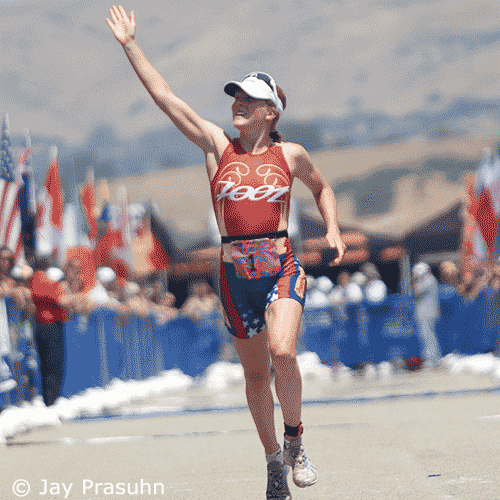Guide to Wildflower: Intro
My self-serving contention is that our sport doesn’t have much of a history. I was there almost at the beginning, so, if triathlon does have a big history what does that say about me?
Regardless of the psychic implication on my own age, the whole sport feels to me as if it all got started 6 or 7 years ago. But triathlon is more like 40 years old, and if it started to pick up steam in the late 70s then I have pretty much been around for the whole ride, and when I look at the long arc of multisport certain races do stand out.
My first 3-sport event took place in 1977 though nordic skiing stood in place of swimming. My first conventional triathlon was in 1980, but the order was reversed (swim last). My first Ironman was in 1981, and the first race I produced myself was later in 1981. Of all of those early races, only the Hawaiian Ironman was draft-illegal, apropos of nothing, just people sometimes find that fact interesting.
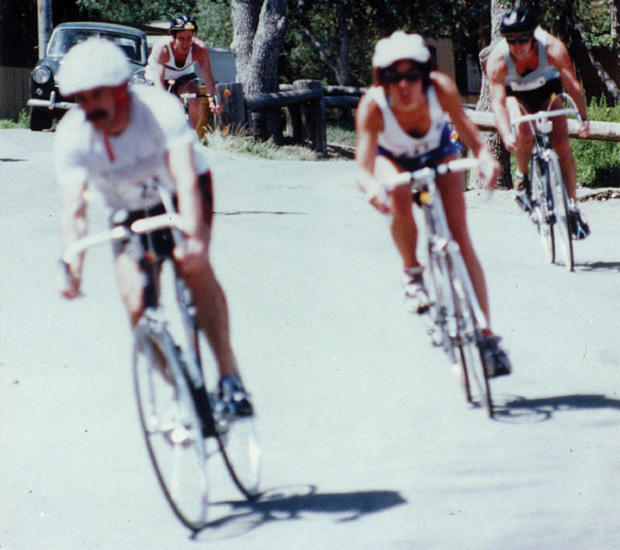
Had I been around an extra century I could tell you about the early days of cycling’s "monuments": Milan-San Remo, the Tour of Flanders, Paris-Roubaix, Liege-Bastogne-Liege, and the Tour of Lombardy. The youngest of these was first conducted in 1913. Now this is a history!
But triathlon is, ahem, getting up there in years. Back near its beginning, when people asked me what I was training for I told them I raced triathlons. "Is that like the decathlon?" "Triathlons. Swim bike run. Like the Ironman." "Iron-what?"
Obviously it’s not like that any longer. So, since we’re older now, are we old enough to have monuments? Maybe. I think so. What would they be?
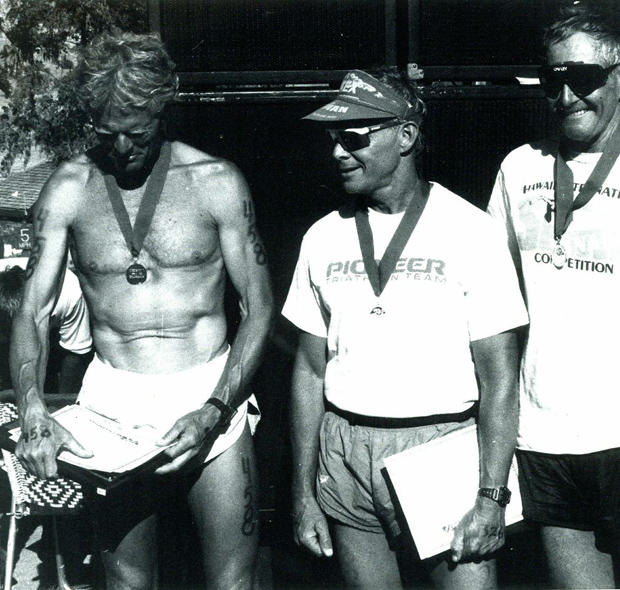
If you included all races, and you limited it to five, I guess I might say: Hawaiian Ironman, Challenge Roth, Wildflower, and Chicago Triathlon. That would be the first four. For the fifth I would have included Nice (had it remained the old Nice Triathlon) and I might’ve included Powerman Zofingen had it retained its historic prominence. I’ll have to rethink Chicago depending on how that race goes. It might remain a very important race without a pro field or purse, but I don’t know if a monument can remain a monument (a top-5 race) without a pro field.
Certainly Kona, Roth and Wildflower remain big, historic races. Each of these races aggregate tens of thousands of people in one place, every year, for a happening. Wildflower is the only long-time race that competes with Roth and Kona in terms of how many total people show up. What makes Wildflower a one-of-a-kind experience – and I mean no race anywhere can boast this – is that it’s a huge race that takes place in the middle of nowhere. There is an assumption by race producers that you must situate your race proximate to a large population of athletes. Not so. Wildflower defies that. It is extremely logistically difficult to race Wildflower having arisen race day in a motel room. If you want to race Wildflower you will camp. You will sleep in a tent, or a truck camper, a motor home, a tent trailer or a travel trailer.
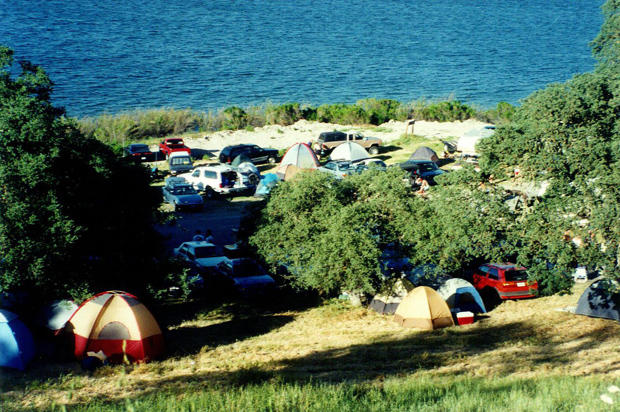
What’s unique about Wildflower is the communal experience. If Ironman, Woodstock and Burning Man all got together, mated and had one baby, it would be the Wildflower Triathlon. You cannot experience this brand of camaraderie with your fellows except at Wildflower. Not possible elsewhere. Anywhere.
In the beginning, there was Wildflower. The Wildflower Festival. But no triathlon. It was a bluegrass music festival with arts and crafts, including a lady selling incense. In 1983 a triathlon was added and it attracted 86 contestants. Small field. Disappointing. Undaunted, race promoter Terry Davis soldiered on and in 1984 200 athletes showed up.
Back then the athletes had to work around the bluegrass festival. We felt like outsiders. Interlopers. Our imperatives were subordinate to the Earth Shoe sellers, the incense lady, the tie dye dresses and banjo restringers.
The race was not privately owned. At the time Mr. Davis was an employee at the Monterey County Parks Department, running the event as part of his duties. In 1985 the County mandated that the money-losing event turn a profit or at least break even, or else the race would not be continued. That year the race attracted 350 athletes and as many spectators, and that was enough to keep the County interested.
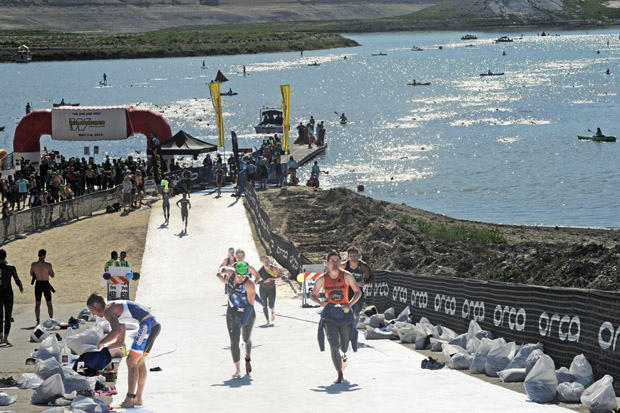
It was only a long course race back then and the distance was shorter now. Its legs totaled 100k, and was lengthened to a half-Ironman in 1989. In that year athlete attendance topped 1000. By that time the bluegrass festival was having a hard time finding room to continue; the lady selling incense seemed out of place, and was one of the few vestiges of the early years.
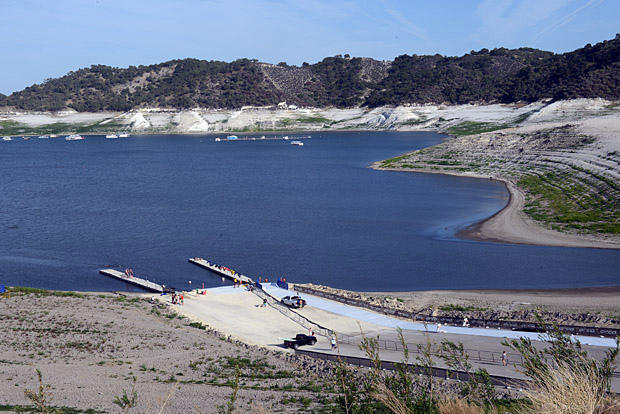
In 1996 the number of registrants topped 3000, and by the turn of the century 4000. The race continued to grow, to 5000 and 6000, with total race-related park attendance topping 30,000. Terry Davis had by that time moved out of County employment and was a full-time event producer. Olympic distance and MTB races were added back in the 90s, and total registrations topped 7,500 by the 2006.
The race is down a bit in total numbers from its peak, and selfishly I’m glad. If you’ve recently been to the Sea Otter Classic, a popular cycling event not that far away from Wildflower, it’s just a madhouse. Parking, traffic, getting around is hellish. Wildflower was like that at its peak. Because of races competing for numbers around Wildflower’s weekend, like St. George 70.3, along with California’s drought having somewhat altered the historic swim venue, the massive triathlon city that has been Wildflower is now just the large temporary city that is Wildflower. It’s manageable. It’s the size I always liked it. Which is one big reason why I’m eschewing Sea Otter this year while going back to Wildflower. Not to denigrate Sea Otter. Great event. Just, a little too great.
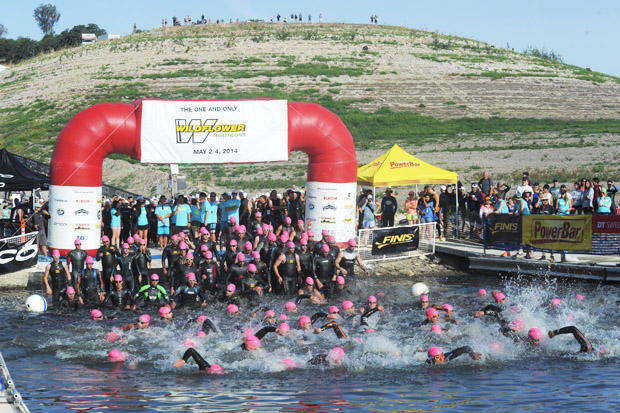
In further installments I’m going to talk about how you "do" Wildflower and, especially, how you "do" Wildflower during another drought year. All the images here are of Wildflower (some very old), but the swim images included are purposely from last year, so that you get a sense of what it will be like this year. The swim venue will be very much the same. So, as you see, while the massive Lake San Antonio is empty of a lot of its water, what you see here is the lake right at the in-flow from Harris Creek, its prime feeder.
Because this monument is its optimal (according to me) size I’m going back, as are a lot my friends who have traditionally been annual Wildflower denizens. They, like me, have not attended for awhile, and we're all are returning. Emilio De Soto. Mark Montgomery. A lot of the old crowd and – who knows? – maybe the incense lady.
More to come…


